How to Choose the Right Color for Your Living Room Walls – 10 Expert Methods
Discover expert tips on how to choose the right color for your living room walls. Learn about color psychology, trending shades, lighting effects, and coordination with furniture for a stylish and inviting space.
DECORATING
3/19/2025
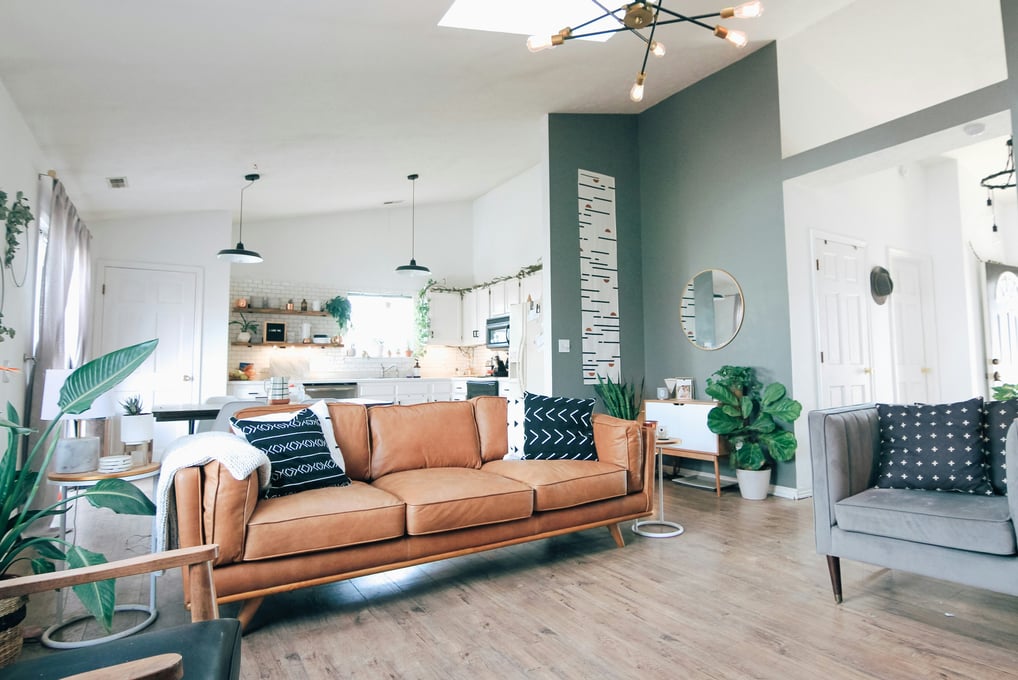

Your living room is the heart of your home—a space where family gathers, guests are entertained, and memories are made. Choosing the right wall color can dramatically influence the mood, aesthetics, and even the perceived size of the room. With countless shades and finishes available, selecting the perfect hue can feel overwhelming. To help you make an informed decision, here are 10 expert methods to choose the ideal color for your living room walls, ensuring a stylish and harmonious space.
Consider the Room’s Natural Lighting
Match Colors with Your Furniture & Decor
Understand Color Psychology for Mood Setting
Use the 60-30-10 Color Rule for Balance
Experiment with Accent Walls for Depth
Factor in Room Size & Ceiling Height
Look at Current Interior Design Trends
Test Paint Samples Before Finalizing
Coordinate with Flooring & Architectural Features
Seek Professional Advice for Custom Solutions
1. Consider the Room’s Natural Lighting
Your existing furniture and décor should guide your wall color selection. If you have bold, patterned furniture, neutral walls (like white, gray, or beige) can prevent visual overload. For minimalist furniture, consider accent walls in deep hues like navy blue or emerald green to add depth.
Wooden furniture pairs beautifully with earthy tones like taupe or sage green, while metallic accents shine against cool grays or warm taupes. The key is to create a cohesive look where walls complement rather than clash with your furnishings.

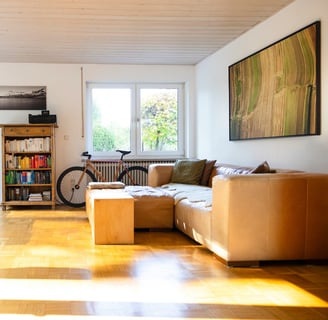
Colors influence emotions and behavior, making psychology an essential factor in wall color selection. Soft blues and greens promote calmness, perfect for a relaxing living room. Warm tones like terracotta or mustard yellow evoke energy and coziness, ideal for social spaces. Gray offers sophistication, while white creates an airy, clean feel.
Darker shades like charcoal or deep plum add drama and intimacy. Choose a color that aligns with the atmosphere you want—whether it’s serene, vibrant, or elegant.
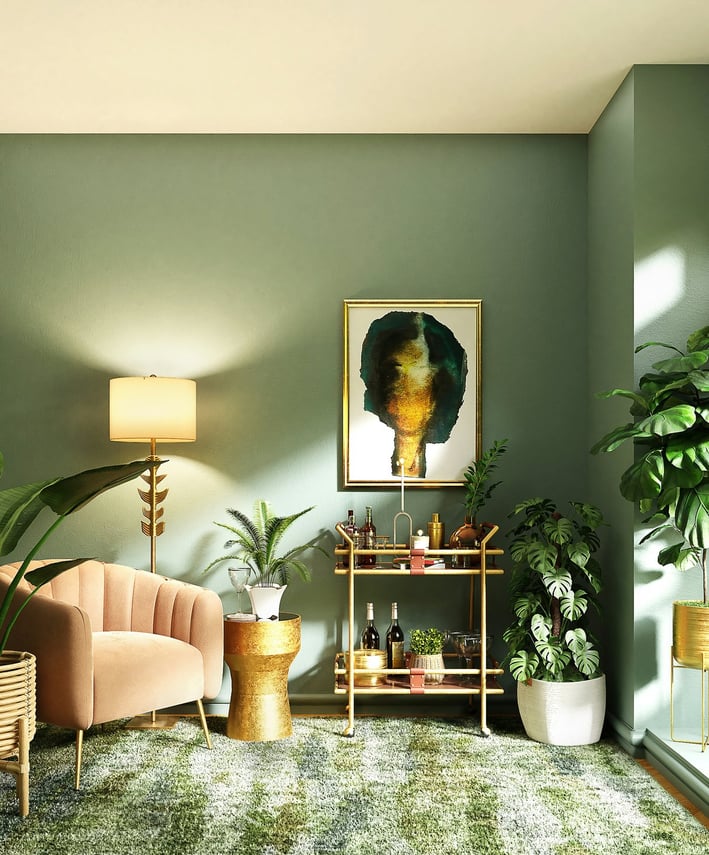

A foolproof way to ensure a balanced color scheme is the 60-30-10 rule. The dominant color (60%) should be your wall shade—a neutral like beige or light gray. The secondary color (30%) can be upholstery or curtains—perhaps a muted blue or green.
The accent color (10%) adds pops of vibrancy through throw pillows, artwork, or rugs—think burnt orange or gold. This method creates visual harmony without overwhelming the space.
Natural light plays a crucial role in how colors appear on your walls. North-facing rooms receive cooler, bluish light, making warm tones like beige, cream, or soft yellows ideal to balance the coolness. South-facing rooms enjoy warm, golden light, allowing for cooler shades like blues, greens, or grays to create a refreshing contrast.
East-facing rooms get bright morning light, making soft pastels or warm neutrals a great choice, while west-facing rooms have intense afternoon light, where deeper tones like terracotta or olive green can add richness. Always test paint samples at different times of the day before finalizing.
3. Understand Color Psychology for Mood Setting
2. Match Colors with Your Furniture & Decor
4. Use the 60-30-10 Color Rule for Balance
If you’re hesitant about bold colors, an accent wall is a great compromise. Choose one focal wall (behind a sofa or fireplace) and paint it in a striking shade like deep teal, burgundy, or even black.
The remaining walls can stay neutral, allowing the accent wall to stand out without dominating the room. This technique adds dimension and interest while keeping the overall look balanced.
5. Experiment with Accent Walls for Depth
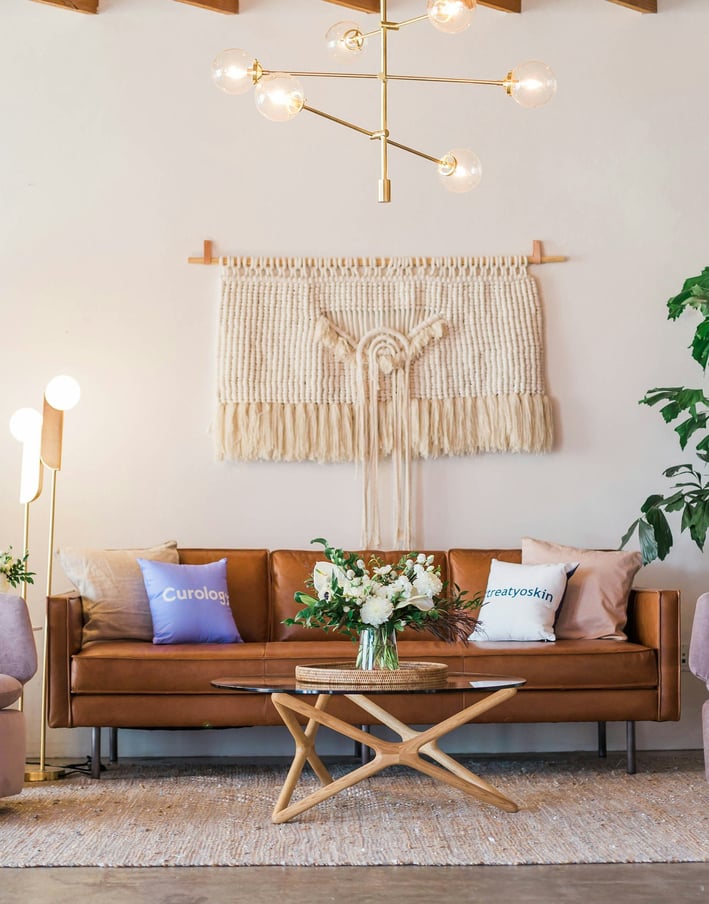

6. Factor in Room Size & Ceiling Height
Light colors (whites, pastels, light grays) make small rooms feel larger and airier, while dark shades (navy, charcoal, forest green) add coziness to spacious rooms. If your ceiling is low, painting it a lighter shade than the walls creates an illusion of height.
For high ceilings, darker tones can make the space feel more intimate. Always consider proportions before committing to a color.
7. Look at Current Interior Design Trends
Staying updated with trends can inspire your color choice. In 2024, warm neutrals (terracotta, caramel), earthy greens (sage, olive), and muted blues (dusty blue, slate) are popular. However, trends should complement your personal style—don’t choose a shade just because it’s trendy if it doesn’t resonate with you.
8.Test Paint Samples Before Finalizing
Never rely solely on paint swatches—lighting and surrounding colors alter how a shade looks. Purchase sample pots and paint small sections on different walls. Observe them at various times of the day to see how natural and artificial light affect the tone. This step prevents costly repainting mistakes.
9. Coordinate with Flooring & Architectural Features
Your flooring material (wood, tile, carpet) impacts wall color. Warm wood floors pair well with creamy whites or soft greens, while gray flooring suits cool-toned walls. If you have exposed brick or stone, choose colors that enhance, not clash with, these textures.
10. Seek Professional Advice for Custom Solutions
If you’re still unsure, consult an interior designer or color specialist. They can analyze your space, lighting, and preferences to recommend the perfect shade. Many paint brands also offer virtual tools to visualize colors in your room before purchasing.
Final Thoughts
Choosing the right living room wall color requires careful consideration of lighting, furniture, mood, and trends. By following these 10 expert methods, you can create a space that reflects your personality while ensuring harmony and style. Remember, the best color is one that makes you feel at home.
MOST READ
HOUSE TOURS
Stunning 2700 Sq. Ft. Nalukettu Home with a Modern Touch
2 MIN READ
HOUSE TOURS
Exploring a 5BHK Contemporary Home in Kerala
2 MIN READ
HOUSE TOURS
Elegant 3BHK Home Tour
2 MIN READ
HOUSE TOURS
Inside a Stunning Rs. 2 Crore Dream Home in Palai, Kerala – UrbanSpacee’s First Home Tour!
3 MIN READ
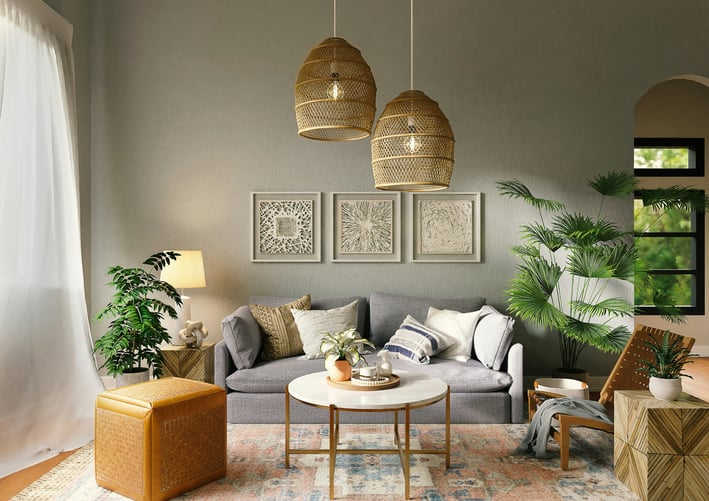

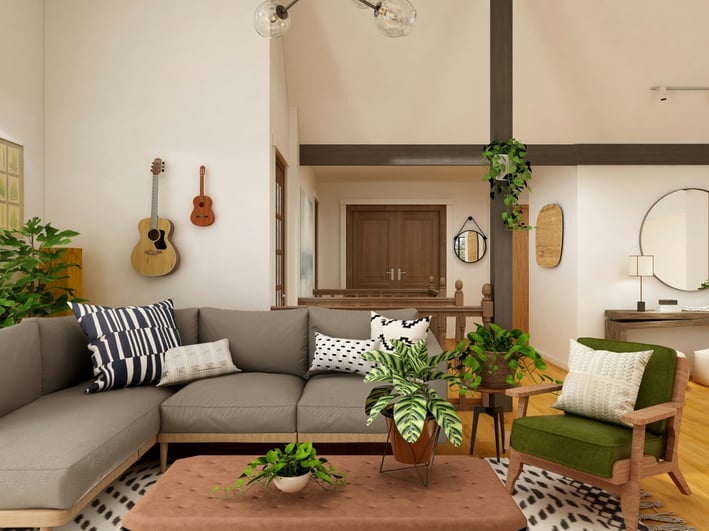

Follow Us
Explore smart furniture ideas for modern living.
For Enquiry
contact: info@urbanspacee.com,
+91 91886 37751
© 2025. All rights reserved./Terms and Conditions/Privacy policy
Newsletters
This blog contains affiliate links.For promoting there products ,we may earn a commission if you purchase through these links, at no extra cost to you.
